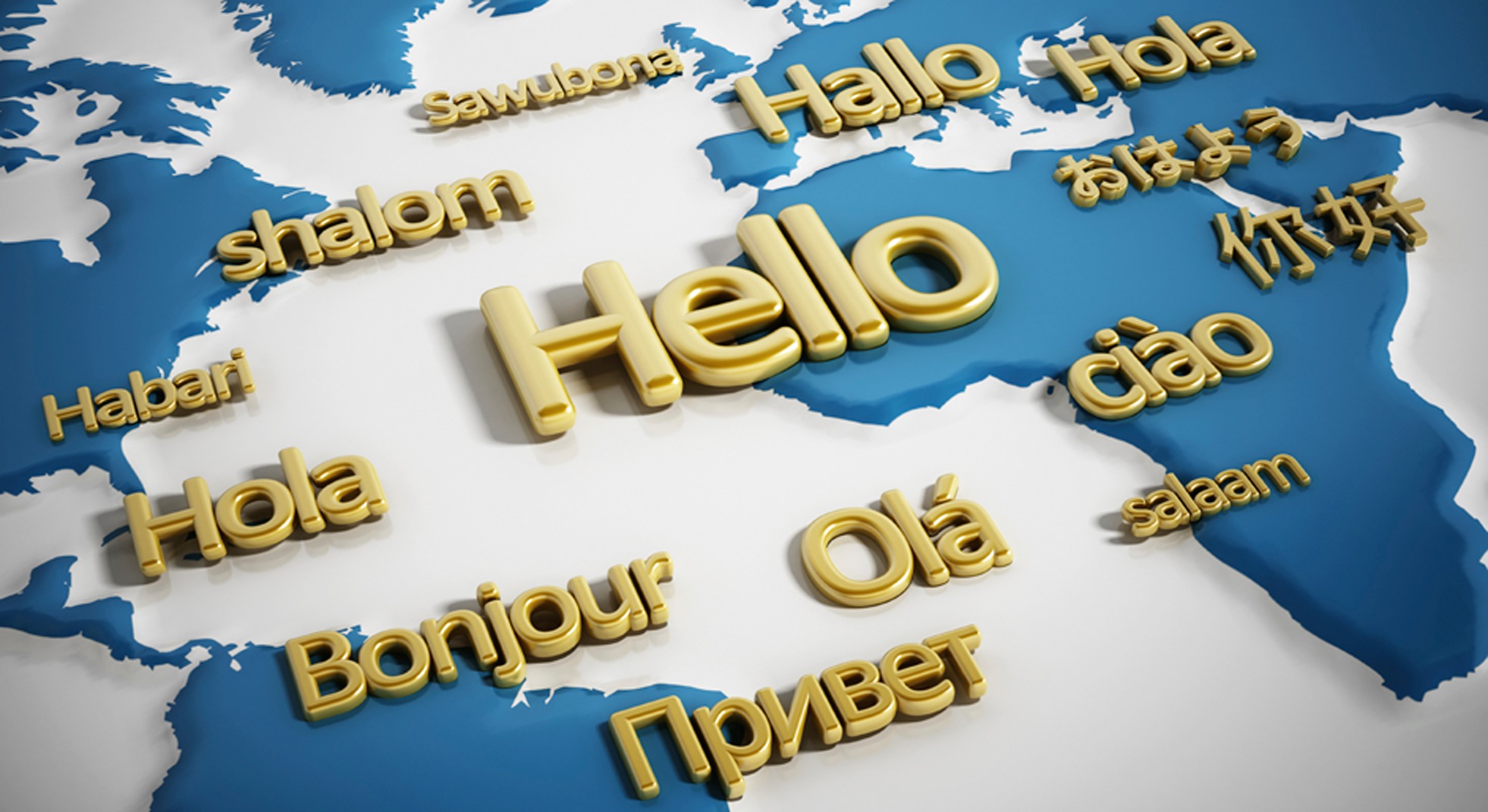By Sally Wentworth, Vice President, Global Policy Development, Internet Society and Nigel Hickson, Vice President, IGO Engagement, ICANN
This week, the International Telecommunication Union (ITU) Plenipotentiary Conference in Busan, South Korea revisited the Role of administrations of Member States in the management of internationalized (multilingual) domain names, which is formally known as ITU Resolution 133 (Guadalajara, 2010). The discussion primarily focused on how to update Resolution 133 and evaluate the progress made since 2010.
This examination provides us with a timely opportunity to share data about the considerable progress made to deploy Internationalized Domain Names in the Domain Name System (DNS) root zone file.
Beginning of 2010, most top-level domain names were limited to the 128 American Standard Code for Information Interchange (ASCII), which is a character-encoding method. This meant that domain names consisting exclusively of non-Latin characters could not generally be used to navigate the Internet. However, at the same time, the Internet Engineering Task Force (IETF) and others were hard at work creating a robust, globally implementable Internationalized Domain Names in Applications (IDNA) standard that would enable billions of new users to access the Internet in their local language script. In 2008, the IETF released a revised version of the IDNA standard. Russ Housley, Chairman of the Internet Architecture Board (IAB) and former Chairman of IETF, wrote about the IETF IDNA standards process here.
Once the IDNA standard was released, the world’s focus turned to deployment and use of IDNs. So, what has been achieved since then?
This simple answer is, quite a lot!
- Today, 43 IDN country code top-level domains (ccTLDs) and 35 IDN generic top-level domains (gTLDs) are listed in the root.
- Through ICANN’s new gTLD program, an additional 50 or more names are expected to be delegated in the next 12 months.
- This growth includes over 800, 000 Cyrillic script IDNs registered under рф; 750,000 Han script IDNs under 中国/中國, and 台湾/台灣 and 12,000 under Arabic top-level domains (TLDs). More examples can be found in the World Report on Internationalized Domain Names 2014 (PDF)
- ICANN is also working hard to seek participation from the community in so-called Generation Panels for each script represented in the Root Zone. Generation Panels still need to be formed for many scripts including: Cyrillic, Greek, Gujarati, Japanese, Korean, Latin, Sinhala, Tamil, Thai and others.
But what do these improvements mean in practice? By December 2013, there were over 6 million IDN domain names; which represents over 2% of the total number of domain names. This translates into a 215% growth in the last 5 years, an impressive increase in a short period of time.
While these numbers represent significant progress, there is still more work to be done to ensure people around the world can access the Internet in their local script. As the Internet continues to grow and more local content is created, the use of IDNs will also grow. It is crucially important users have choices in their language and we are committed to making that a reality.
Help set the standards for script in your language by volunteering to establish and participate in a generation panel now. Email ICANN at [email protected] to learn more.
[Edited for minor technical clarifications on Nov 4th, 2014]

